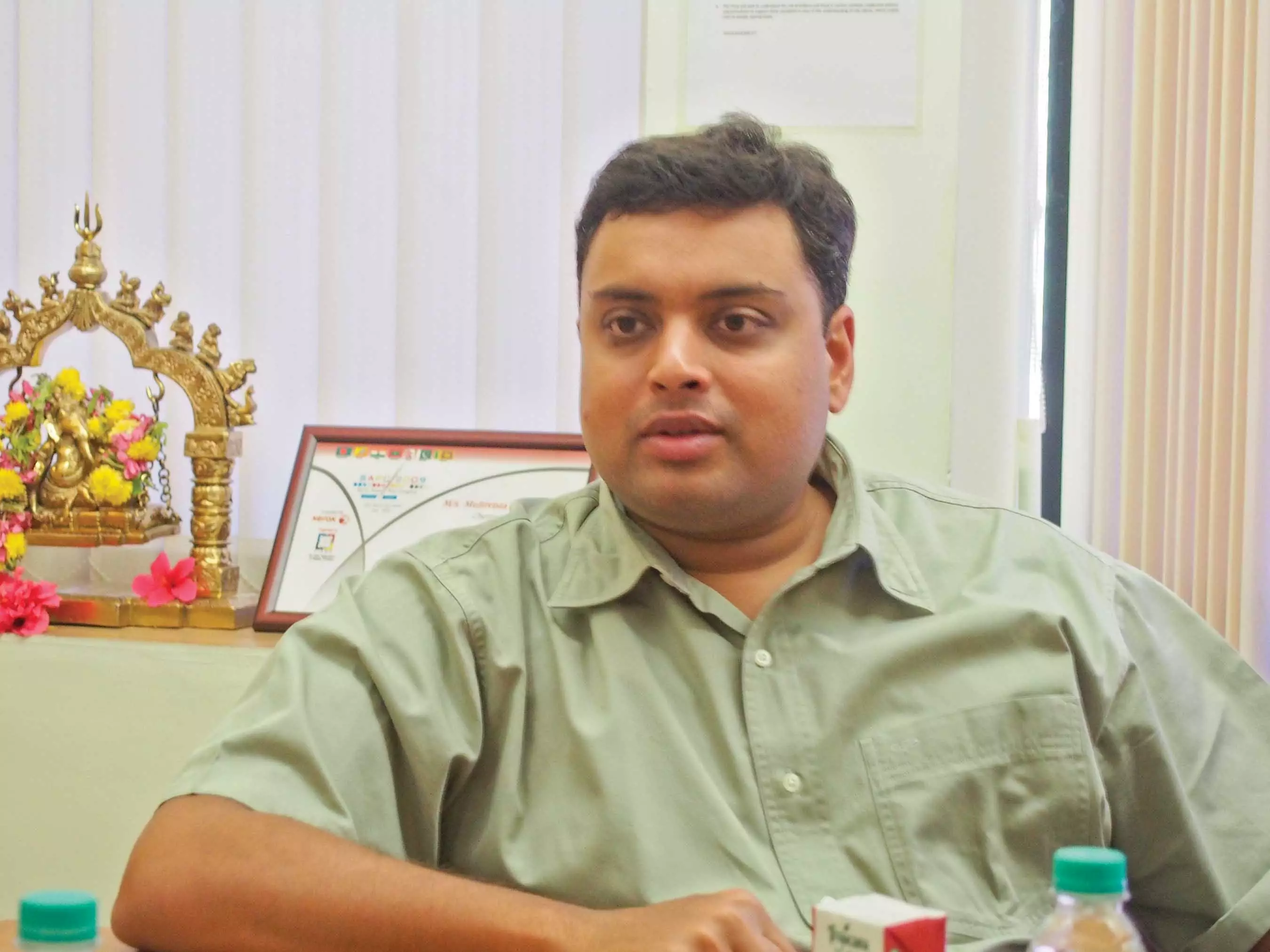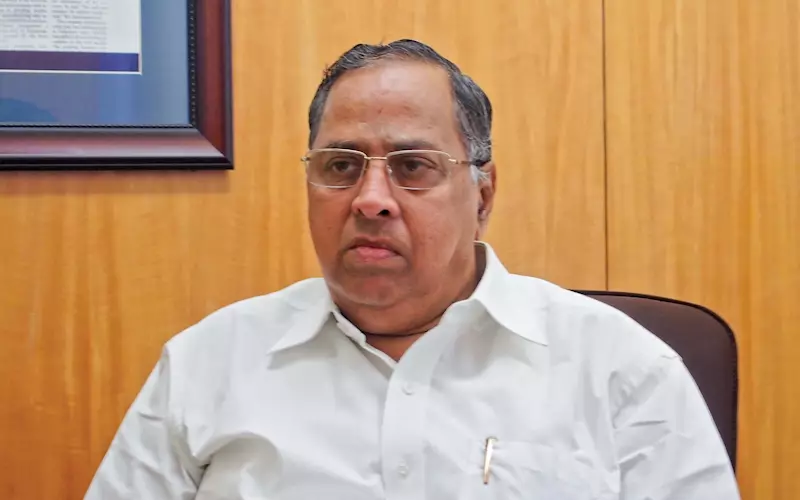Secondly, if you have seen a down fall about a year or two back then the mind is not in a position to take a risk. When you diversify there’s a lot of risk involved. It is easier if you have a healthy backup. If you don’t, the lean patch, added with the burden of the new investment, can be too much of a risk.
RR: In terms of technology, innovation, there are few things. We will start with paper, the way in which they are sent, whether palletised form? And the paper selection, whether it is determined by Multivista or by the customer? What kind of relationship do you have and how was it?
RK: About 80% of the times, the type of paper is decided by us. In publishing, the customer requisition the stock from some paper mills, requiring certain certifications, sometimes three or four of such. If we have those from our partner mills, we would have to send samples, and printed sheets to convince them to use these stocks. Yes, we pretty much advertise the brands. If we advertise a specific brand then we make sure we have a good rapport with them and we convince the customers on the same.
About 20% of the customers want us to buy a certain brand of paper.
The other reason on why we use a particular brand is because of the pricing. Now we have streamlined with ITC. We decided to maximise two papers vendors in India, and we have found certain benefits, so we work with them to handle different ways of packaging.
Last year, we had certain issues in terms of quality, primarily due to weather issues. We discussed and they said, if we stack in pallets and send it, the moistures content will not enter into the paper stock. Paper reacts heavily to moisture, and the moisture would be heavy in October and rainy season. To a large extent, staging in pallets has improved the situation. Still, packaging has to be improved but it is still nowhere close to how the exporters are packing. But I am sure they will get there within a year.
RR: What are the market trends you see for art paper and coated paper. In terms of academic textbooks, what are the preferences that you are seeing in the market, as in the choice of paper as text pages?
RK: We are pretty much in school books. At least 75% is uncoated paper. The demand for uncoated though has increased especially in North. As we are in South, we try and go to companies in the geographical proximity. Purchasing from Pune or other Northern vendors is not viable since it takes time to deliver. I think the publisher are fine with any paper brand which the printer is comfortable, as long as it is an A-grade paper and meet their requirements.
RR: Your own little R& D that you have done in terms of dispatch of the books. How did you come up with the methodology?
RK: As I had mentioned earlier, certain initiatives are taken by us internally to improve our efficiency, and offer that extra value addition to our customers. While certain initiatives are jointly undertaken by us and our customers. This comes about due to frequent interactions with our customers, and understanding their business and requirements as well.
RR: In brief, we have not touched upon your in-house certifications. Which certifications have become mandatory now?
RK: One is ISO, which is mandatory. Now I see that lot of printers are doing it because there is lot of derived benefits from having it. We have FSC, and working on achieving more green certifications. We are an ethically compliant company through our membership with Sedex which benchmarks safety and employee standards in organisations and the audit happens every year.
RR: If you can just elaborate your ongoing efforts with sustainable energy especially, wind energy? What has been the drive and outlook?
RK: For the last five years, we had made conscious efforts to use a more renewable source of power to run our factory. Initially, we undertook a study to use solar power energy, as we have a huge open terrace, which could be used to implant solar cells. However, since our machines are all highly power-consuming machines (heavy load machines), technically solar cells could not be used to start our machines.
Two years back, we have started using wind energy to run our factory. I would now say that close to 70% of our energy source is through winds.
RR: So what’s next now for Multivista, say five to ten years down the line?
RK: As far as short term investment plans are concerned, we will continue to expand in the sheetfed arena, and I do see more machines coming in by April/May of 2016.
As far as our long term investment plans are concerned, we will look at new technology like inkjet digital. We feel it can add a lot of value to our customers, and we are quite keen to visit Drupa 2016 to see its development and evolution. Ultimately, we will look at any investments which we feel will add value to our customers, and will be mutually beneficial.
With inputs from Sriraam Selvam
 Ravi Karthik (RK): He (Jayaraman) saw a whole new bunch of printers into the then traditional commercial market space and at the same time he saw a demand for books on the rise and influx of jobs simultaneously. I guess a sum of all this made us take the plunge. You need the muscle power to stay in book printing and keep investing in press and post-press; you need to stock 1000-2000 tonnes of paper in anticipation plus millions of books as finished product. To do these things you need working capitals because it’s costing you. As a standalone business, book printing may not be that easy to sustain but with the help of allied businesses to support you, it helps balance the books.
Ravi Karthik (RK): He (Jayaraman) saw a whole new bunch of printers into the then traditional commercial market space and at the same time he saw a demand for books on the rise and influx of jobs simultaneously. I guess a sum of all this made us take the plunge. You need the muscle power to stay in book printing and keep investing in press and post-press; you need to stock 1000-2000 tonnes of paper in anticipation plus millions of books as finished product. To do these things you need working capitals because it’s costing you. As a standalone business, book printing may not be that easy to sustain but with the help of allied businesses to support you, it helps balance the books.











 See All
See All